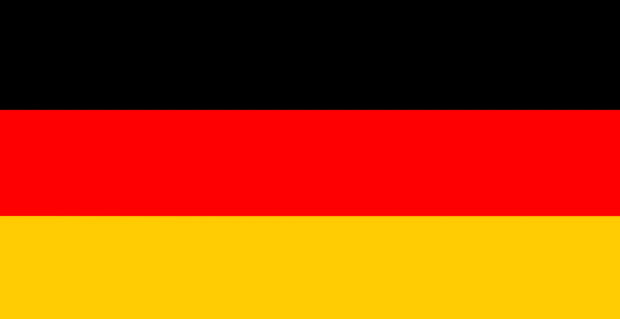Germany is another country to have recognised the energy-saving benefits of LED lighting. And as a result, German authorities and businesses are busy promoting LED use.
A number of German cities have launched projects to introduce LED street lamps, the influential German car sector is examining the benefits of using LED light bulbs in their vehicles, and designers are discovering how LED light bulbs can produce versatile lighting effects.
The interest in LEDS among Germans is significant. According to reports, the German LED industry is set to grow by 27% each year until at least 2018.
Reducing power consumption with LED lighting
Germany’s total power consumption is about 500 trillion watt-hours. The replacement of incandescent bulbs with LED light bulbs can cut this figure substantially. German engineers believe the energy saved would be equal to the amount produced by a large power plant over the course of a year.
This type of energy-saving fact is giving impetus to the drive in Germany to launch LED lighting projects. For example, a competition called “Towns in a New Light” provides money for outdoor LED lamps. There has been so much interest in the competition that 141 towns took part. The 10 winners are now in the process of installing municipal LED lighting in their streets.
LED lighting and German cars
German cars have a global reputation for technology and style, and the manufacturers are always keen to improve vehicle energy-efficiency and appearance. LED lighting is proving to be just what they need.
LED headlights are now a feature of some Audi and BMW models. The headlights save money by using less power from engines. They also reinforce the distinctive look of the cars.
Car park LED lighting
The use of LED lighting is also extending to car parks in Germany. A car park in the centre of Bremen needed a complete overhaul of its lighting system. 725 LED fittings now ensure the car park has better illumination and greater security.
German design and LED lighting
LED lighting has also grabbed the attention of German designers. They are using LED light bulbs to combine functionality, creativity and cost cutting.
For example, the Reichstag in Berlin is one of Germany’s most notable buildings. When asked to replace the lighting of the façade, designers chose a combination of LED strip lights, uplighters and floodlights. The effect is to spread an even, soft tone over the classical features of the Reichstag at night, and to keep unsightly shadows to a minimum.
LED lighting at the Reichstag has also cut costs and pollution. The average electricity charge per hour for the façade is now slightly more than one euro, a large reduction on the previous bill. And the saving to the environment, compared to the former traditional lighting, is 23,100 kg of carbon dioxide each year.
In Munich, another classical building has also had an LED lighting facelift. The façade in this instance belongs to Dallmayr, an upmarket delicatessen similar in standing to Fortnum & Mason in London.
The aim of the LED lighting is to show the building to best effect at night. LED light bulbs highlight classical features such as the columns and ornate windows. They also provide a warm white tone to complement the honey-yellow colour of the building’s stonework.
Clearly LED lighting and German innovation and technology is a marriage made in heaven.
Date: January 10, 2013
Tags: led Lighting technology
Germany is another country to have recognised the energy-saving benefits of LED lighting. And as a result, German authorities and businesses are busy promoting LED use.




